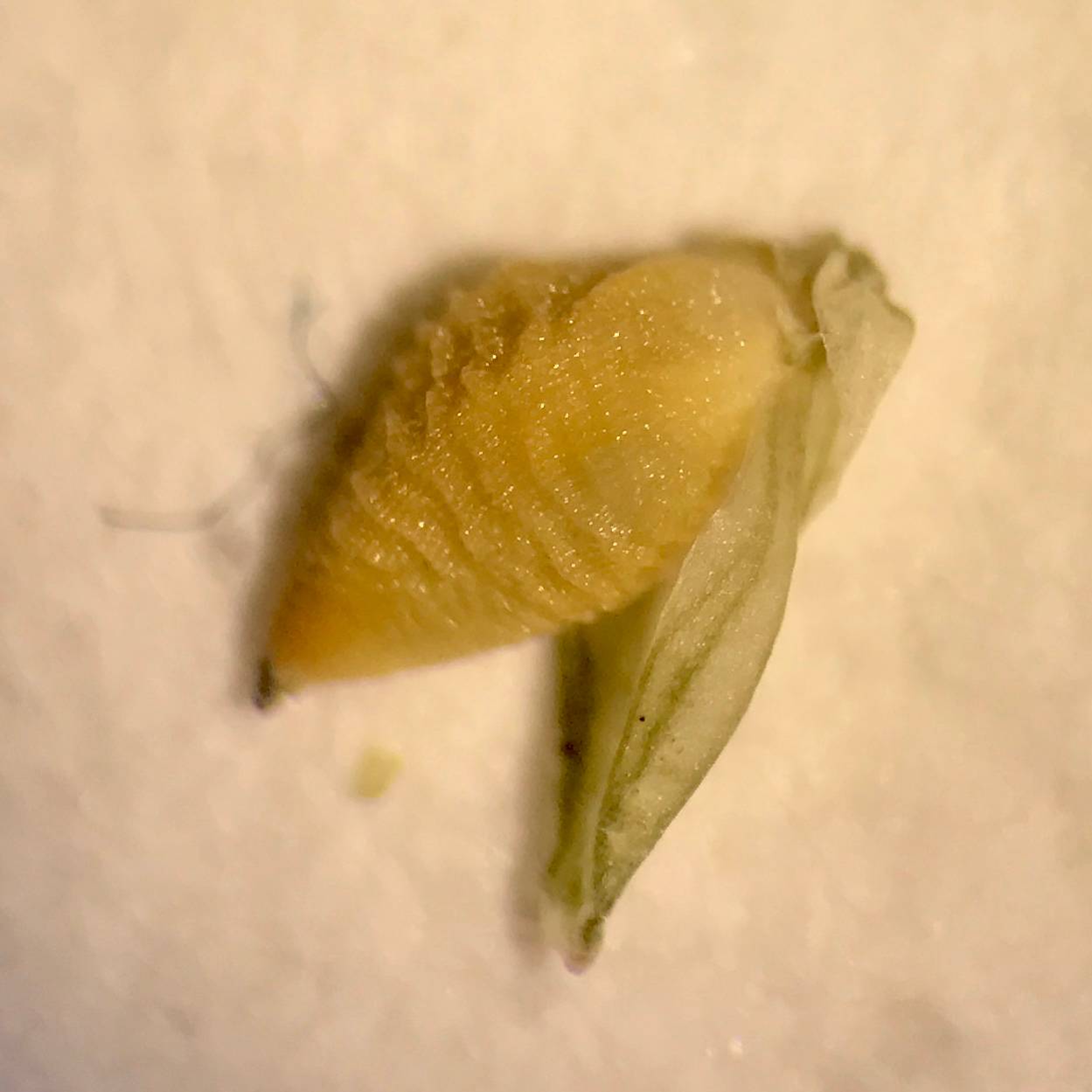|
|
|
|
Family: Poaceae
Liebmann's bristlegrass
|
Plants annual. Culms 30-90 cm. Sheaths glabrous, margins ciliate; ligules ciliate; blades to 20 cm long, 10-20 mm wide, flat, scabrous on both surfaces. Panicles 10-25 cm, loosely spicate; rachises scabrous; bristles solitary, 7-15 mm, slender, antrorsely scabrous. Spikelets 2-2.7(3) mm. Lower glumes about 1/3 as long as the spikelets, 3-veined; upper glumes and lower lemmas 7-veined, the 5 central veins coalescing at the apices; lower paleas absent; upper lemmas gibbous, strongly and coarsely transversely rugose; upper paleas similar to the upper lemmas. 2n = 18. Within the Flora region, Setaria liebmannii is known only from southern Arizona, but it is a common species along the Pacific slope from northern Mexico to Nicaragua, usually growing at elevations below 750 m. The five apically coalescing veins and the additional free pair at the periphery are unique among the Setaria species in the Flora region. FNA 2003, Gould 1980, Kearney and Peebles 1969 Common Name: Liebmann's bristlegrass Duration: Annual Nativity: Native Lifeform: Graminoid General: Annual with stems 30-90 cm tall, glabrous sheaths with ciliate margins. Vegetative: Blades to 20 cm long, 10-20 mm wide, flat, scabrous on both surfaces. Inflorescence: Loosely spicate panicles 10-25 cm long, with scabrous rachises, solitary bristles 7-15 mm long slender and antrorsely scabrous; spikelets 2-2.7 mm, lower glumes one third as long as spikelets, 3-veined, upper glumes and lower lemmas 7-veined, with 5 central veins meeting at the apices; upper lemmas gibbous, strongly and coarsely transversely rugose. Ecology: Found in dry, open sites, and along dry washes or in light shade below 2,500 ft (762 m); flowers August-October. Notes: Setaria spp. have inflorescences with short, mostly contracted branches and single-seeded, hard spikelets subtended by persistent bristles that remain on the plant after the spikelets have fallen. This species is distinguished among the Setaria by its larger, looser panicles, more glabrous herbage, and broader blades. Ethnobotany: Unknown Etymology: Setaria is from Latin saeta, a bristle or hair, liebmannii is named for Frederik Michael Liebmann (1813-1856) a Dutch botanist. Editor: SBuckley, 2010 |
|
|
|


